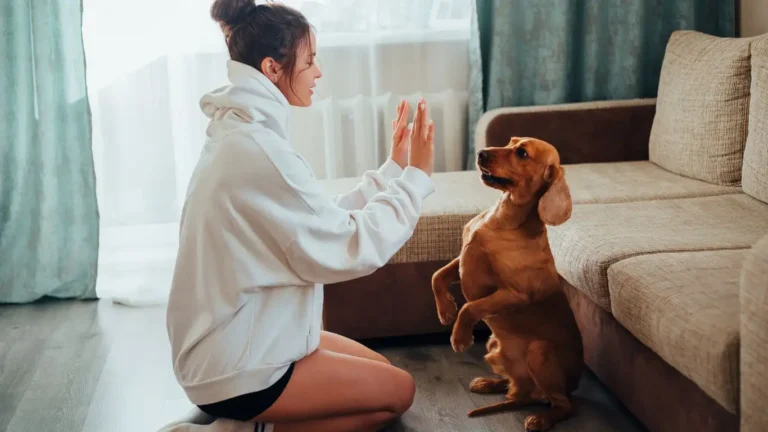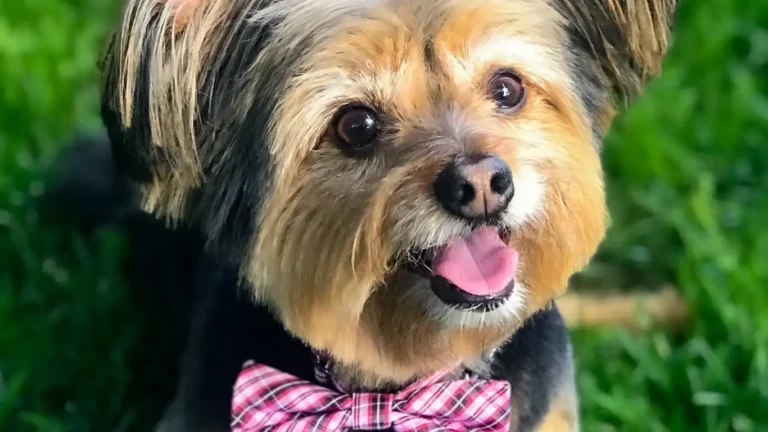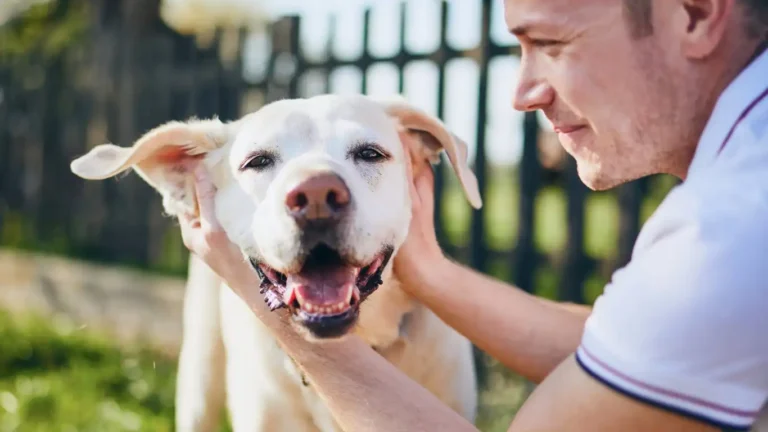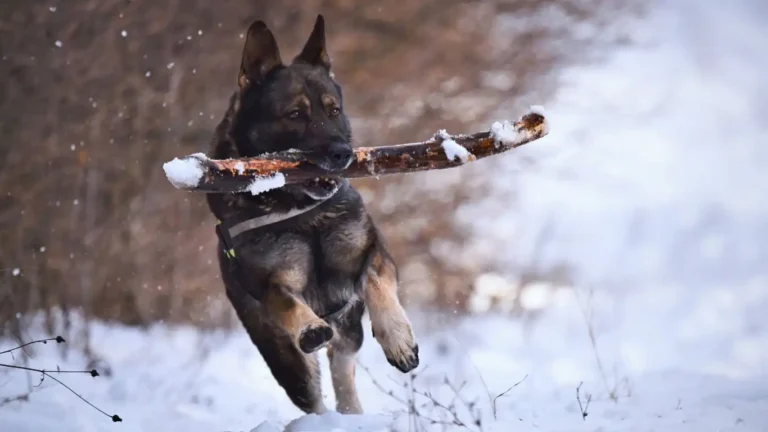Stop Mealtime Madness: How to Teach Your Dog to Relax Around Food
If you’ve ever wondered how to teach your dog to relax around food, you’re not alone. This is one of the most common challenges I see as a Veterinary Technician and Nutrition Specialist. I can’t count how many times I’ve had pet parents nervously tell me, “He just goes crazy when food comes out,” or “She growls if anyone gets close to her bowl.” Yep, I’ve heard it all. Food aggression, begging, pacing, barking, or even trembling when meals are served — it’s stressful for everyone involved. But here’s the thing: with some simple techniques, patience, and a bit of behavior insight, you can absolutely help your dog stay calm and collected during mealtimes.
Why Some Dogs Struggle to Stay Calm Around Food
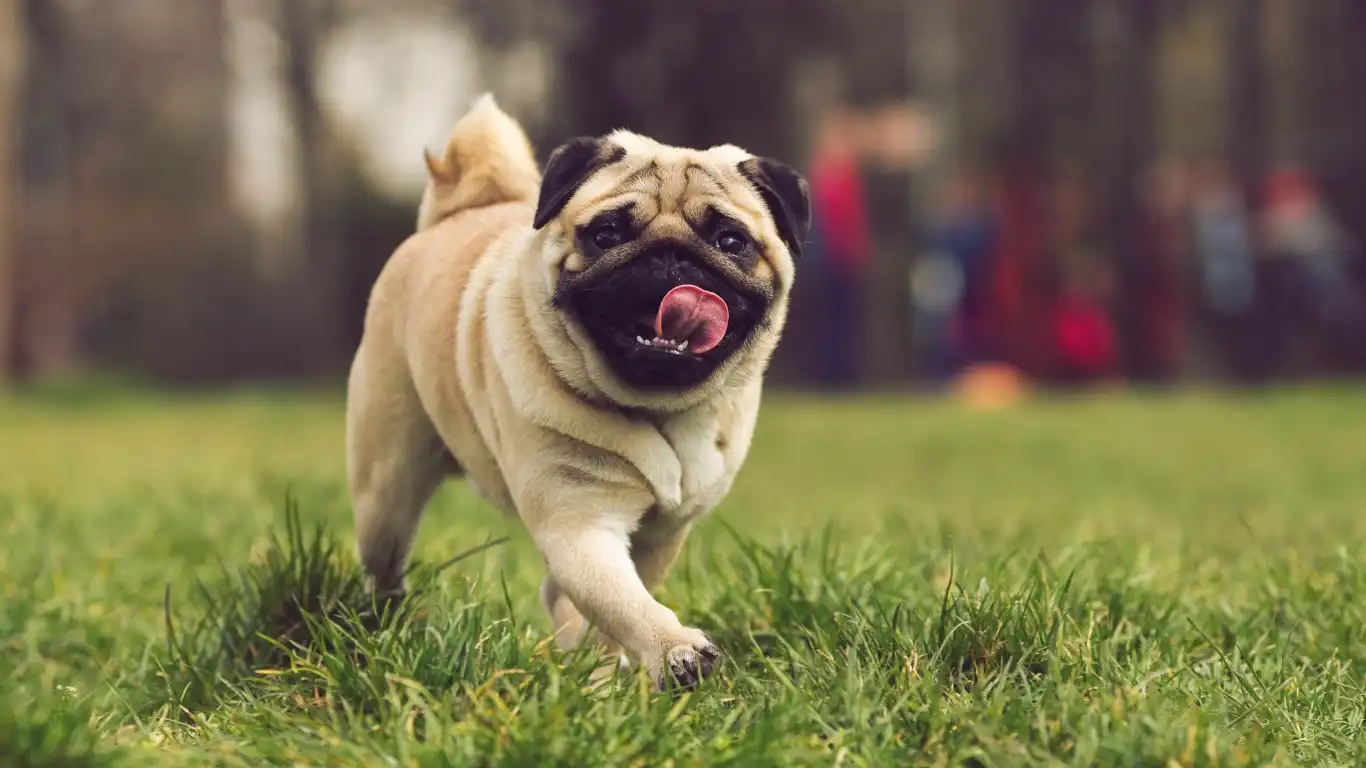
Let’s start by understanding the “why.” Food is a high-value resource for dogs. In the wild, food scarcity taught animals to guard what they could get — it’s literally a survival instinct. Now, in our comfy homes with full bowls and fancy feeding routines, that instinct can still kick in.
In my clinic, I’ve worked with all kinds of dogs — from underweight rescues who never knew when their next meal would come, to spoiled pups who learned that jumping and barking gets the food faster. Different causes, same frantic behavior.
Common Reasons Dogs Become Overexcited or Anxious Around Food
- History of scarcity: Dogs who were once strays or in shelters often have food insecurities.
- Reinforced behavior: If your dog gets fed faster when he whines or barks, he learns that excitement = reward.
- Lack of boundaries: Some dogs were never taught impulse control — not their fault, they just need guidance!
Setting the Foundation for Calm Behavior
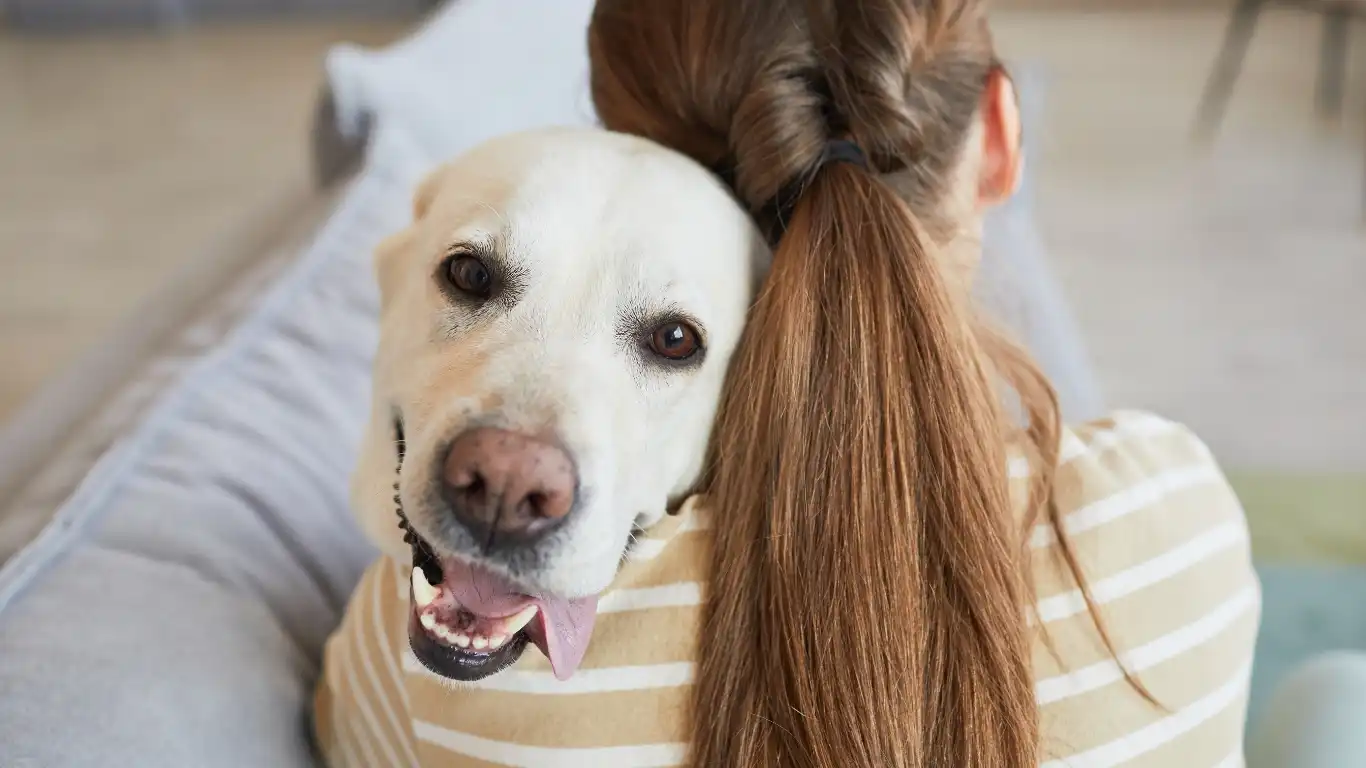
Before diving into training exercises, let’s talk about creating the right environment. Picture this — your dog knows food is coming, but instead of spinning in circles, they sit, wait, and even make eye contact before eating. This calm behavior doesn’t happen overnight, but it absolutely starts with consistency and structure.
My Go-To Tips From the Vet Tech Side
- Use a designated feeding space: Make sure your dog eats in the same quiet, low-traffic area daily. It helps create a predictable routine.
- Establish a pre-meal ritual: This might mean asking for a “sit” or “down” before placing the bowl. Simple routines help your dog anticipate calmly rather than react anxiously.
- Feed after exercise: A short walk before meals can help burn off nervous energy and put your dog in a more relaxed state.
One of my Labrador patients used to get so riled up, he’d knock over his bowl before I could even set it down. His pet parents started implementing a short “sit and wait” cue before feeding. After a couple of weeks, the difference was night and day. He still loved food, but now he waited like a pro — eyes focused, tail wagging, body still. It’s amazing what a little structure can do.
Training Techniques to Teach Your Dog to Relax Around Food
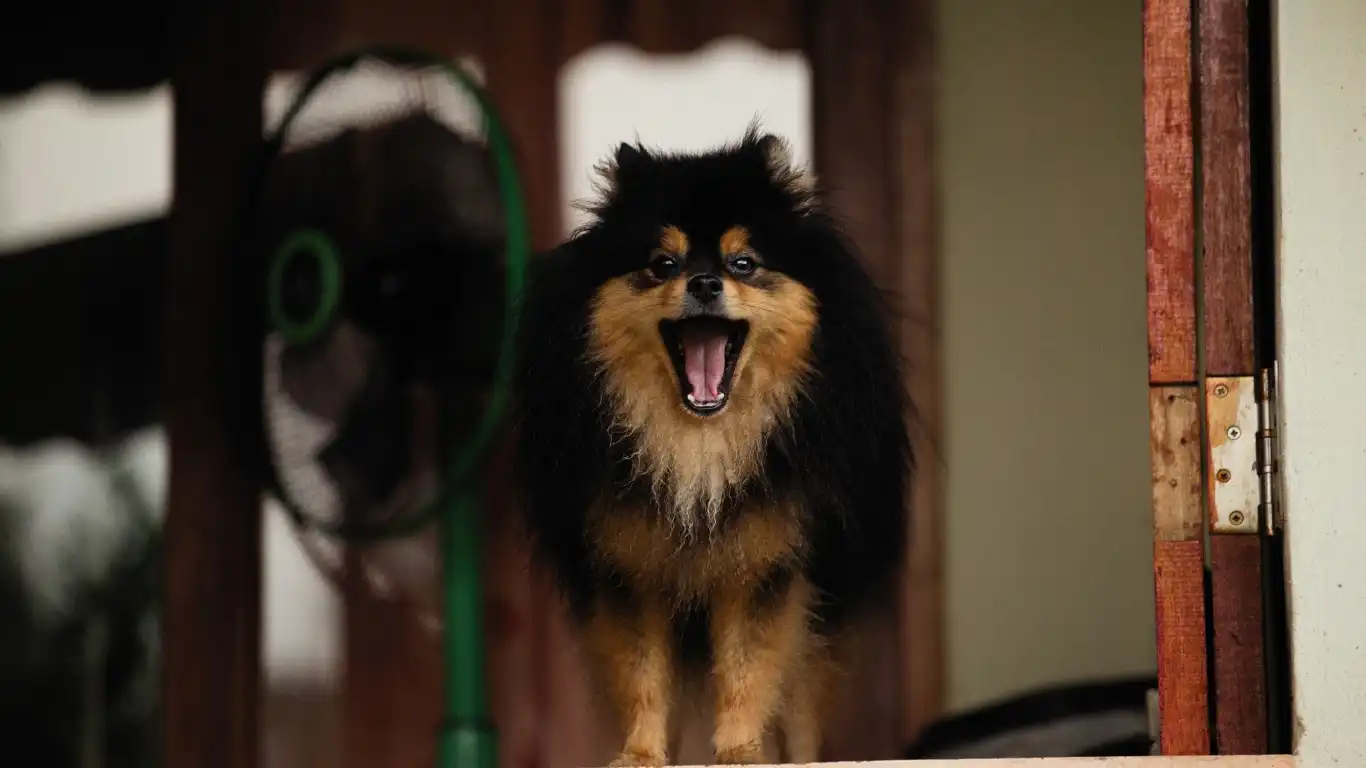
Now we’re getting into the fun stuff — actual training. The key is teaching your dog that calm behavior is what earns the reward. Think of it like manners training for mealtimes.
Step-by-Step: The “Wait and Release” Method
- Start with your dog on leash if needed for extra control.
- Ask for a “sit” before preparing the food. If they break position, reset and try again.
- Lower the bowl slowly. If your dog lunges or gets up, bring the bowl back up. No scolding — just calmly try again.
- When your dog stays in position, place the bowl down and give a release cue like “okay!”
Consistency is everything. Don’t give in to whining or pacing — that just teaches your dog those behaviors “work.” Instead, reward the quiet, still moments. Trust me, your dog will catch on faster than you think.
Helpful Tools and Training Aids
- Snuffle mats or slow feeders: These make mealtime a mentally stimulating activity and slow down gulpers.
- Clickers: Great for marking the exact moment your dog shows calm behavior.
- Leash or tether: For dogs who really struggle, keeping them gently restrained at first can help guide behavior.
Real-Life Progress: What Success Looks Like
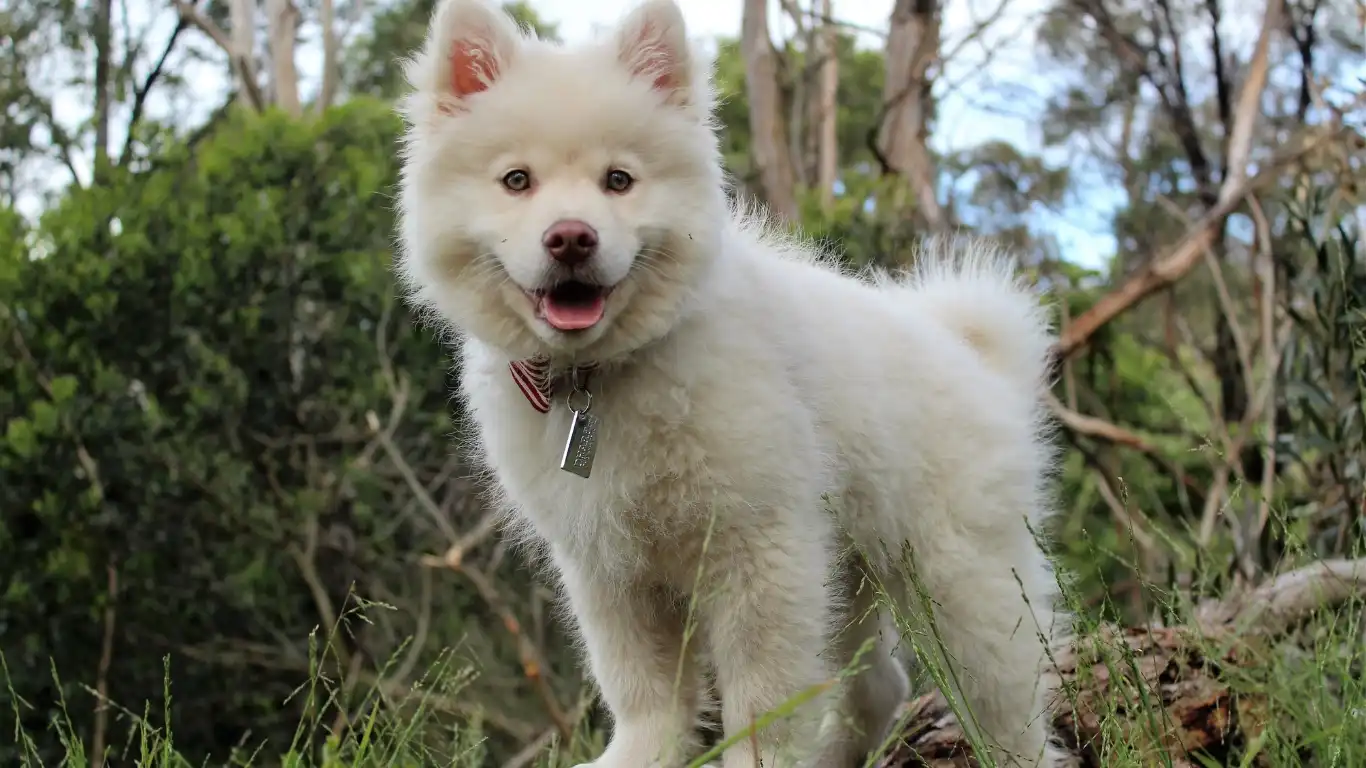
Now, let’s talk results. I’ve seen so many dogs transform from frenzied feeders to calm, collected diners. One of my favorite cases was a rescue named Luna — a shepherd mix who used to inhale her food while growling and snapping at anything within a three-foot radius. Her owners were overwhelmed, and honestly, a little scared. Totally understandable.
We started simple: designated feeding area, pre-meal “sit,” slow feeder bowl, and strict calm-before-meal rule. I reminded them — no eye contact when she’s in that anxious headspace, no talking, no reacting. After two weeks, she was visibly more relaxed. After a month, she could sit and wait patiently until her cue. The growling? Gone. The frantic pacing? A thing of the past. And get this — she even started wagging her tail and making soft eye contact during mealtime prep. Huge win.
Signs Your Dog Is Making Progress
- Increased patience when waiting for food
- Reduced barking, whining, or jumping during prep
- Improved eye contact and body language (less stiff, more relaxed)
- Greater responsiveness to cues like “wait” or “okay”
Celebrate the little wins! Progress might look different for every dog. Even a few seconds of calm before the bowl goes down is a step in the right direction. The key is consistency and making sure your dog learns that relaxation = reward.
When to Ask for Professional Help
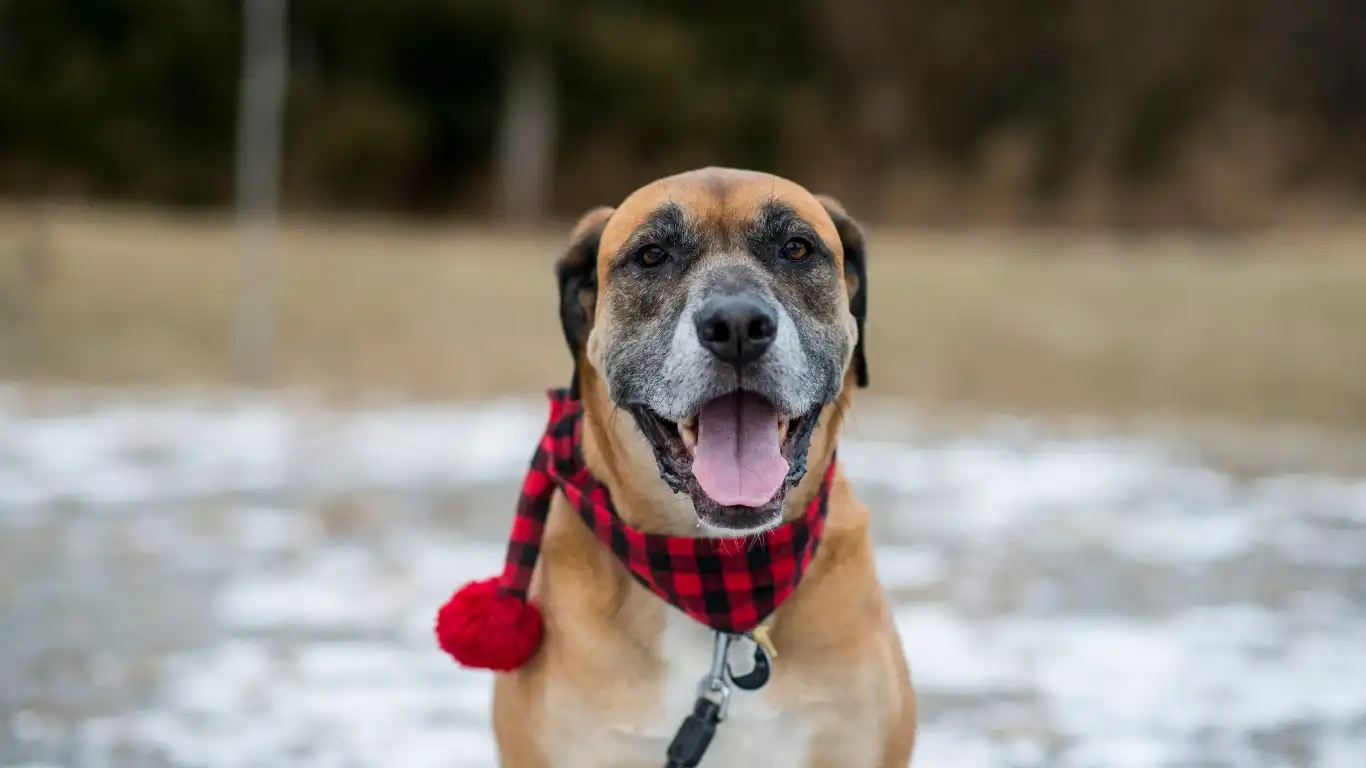
Okay, let’s be real — not every case is a DIY fix. Some dogs have deeper behavioral issues, often rooted in past trauma or extreme anxiety. And that’s okay. If your dog is showing signs of food aggression like growling, snapping, or guarding, don’t hesitate to bring in a professional trainer or behaviorist.
As a vet tech, I’ve worked alongside many amazing certified trainers who specialize in resource guarding and fear-based behaviors. They use techniques like desensitization and counter-conditioning to rewire the way a dog responds to food situations. This kind of support can be a total game-changer, especially if safety is a concern in multi-pet or child-filled homes.
Red Flags That Need Expert Guidance
- Growling or snapping when people or pets approach food
- Lunging or biting during mealtime
- Freezing, stiff posture, or intense staring when food is nearby
- History of trauma or previous food-related aggression
Remember, there’s no shame in needing help. Your dog’s mental health matters just as much as their physical well-being — and food-related stress affects both. You’re not failing by asking for support; you’re doing what’s best for your dog.
Creating a Lasting Routine Around Food
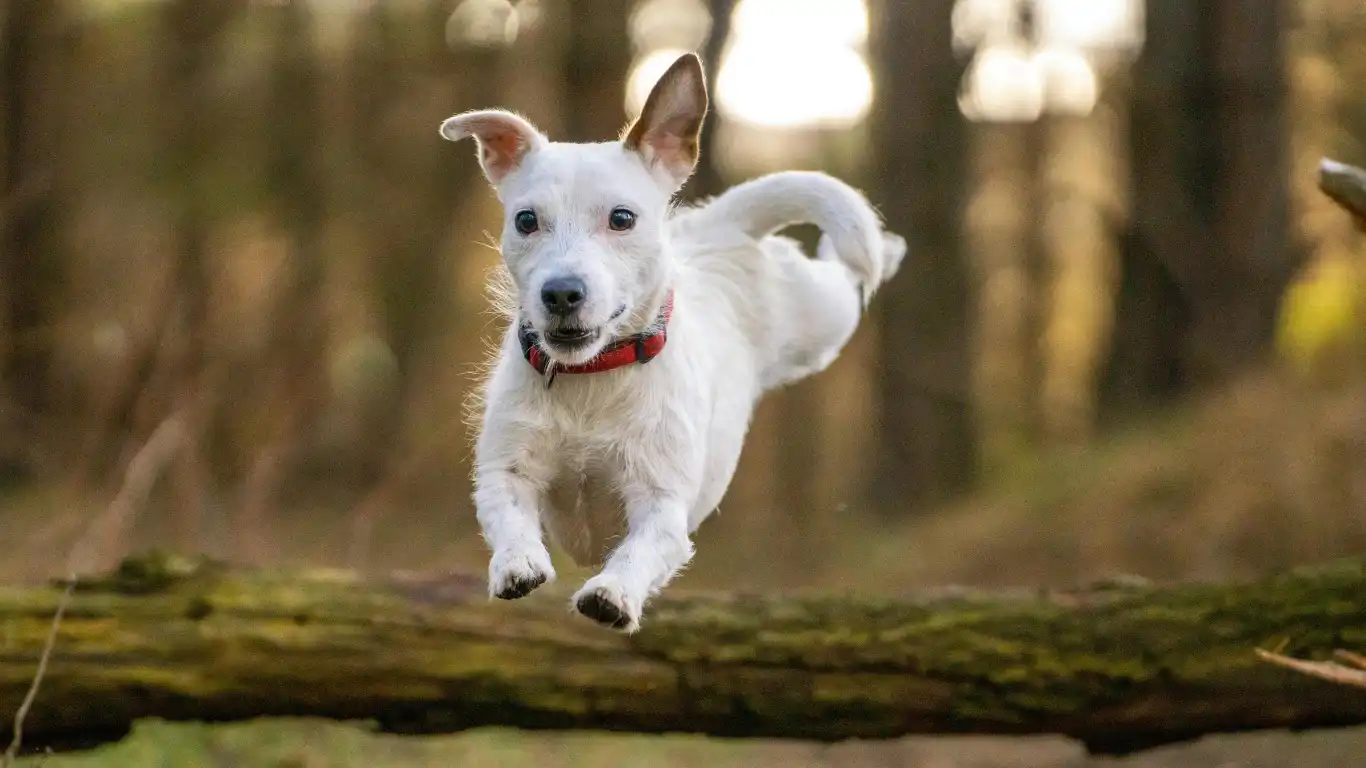
Once your dog starts to relax around food, the next step is making it stick. That means building a long-term routine that keeps those good habits strong. Dogs thrive on structure. I always tell clients, if you do the same steps every time — feeding in the same spot, using the same cues — your dog will start to anticipate the process calmly.
One of my golden retriever clients, Max, was notorious for bouncing off the walls before dinner. Once we set a schedule and had him sit and make eye contact before the bowl hit the floor, things shifted fast. He’s now a poster boy for good manners — and trust me, if Max can do it, so can your pup.
Tips for Maintaining Calm Mealtime Habits
- Stick to feeding times: Routine builds trust and predictability.
- Reinforce calm cues: Even after progress, keep practicing “wait” or “stay” before feeding.
- Rotate enrichment tools: Mix it up with puzzle feeders, snuffle mats, or lick mats to keep meals mentally stimulating.
- Keep your energy calm: Dogs mirror us. If you’re stressed or hyped up, they will be too.
Honestly, some days will still be messy. Your dog might have off moments — excitement might bubble up again if guests are over or if their routine gets thrown off. That’s normal. What matters most is the overall direction you’re heading in. As someone who’s helped dozens of dogs and lived with a few food-obsessed pups myself, I can say this with confidence: teaching your dog to relax around food is totally doable. And it’s worth every bit of effort for the peace it brings to both of you.
Bringing It All Together: Making Calm Feeding a Lifestyle

Alright, let’s wrap this up with some real talk. By now, we’ve covered the basics, the training, and the routines — but how to teach your dog to relax around food isn’t just about a few mealtime drills. It’s about making calm behavior a *part of your dog’s everyday life*. This is where lifestyle meets training, and trust me, it makes a world of difference.
I always tell clients: think about how your dog feels *in general* throughout the day. Are they overstimulated? Under-exercised? Getting enough mental enrichment? A dog who is constantly hyped up or bored is way more likely to act out around food. So, what you do *outside* of mealtimes matters just as much as what you do during them.
Everyday Habits That Help Keep Your Dog Chill Around Food
- Exercise first, feed second: A well-exercised dog is a calmer dog — always.
- Build calm into other parts of the day: Practice “wait” before walks, car rides, or treats. It reinforces the same impulse control used at mealtime.
- Stay predictable: Dogs love knowing what to expect. Keep mealtimes, walks, and play sessions on a rough schedule when possible.
One of my dogs, Ollie — a ridiculously food-motivated Frenchie — used to lose his mind at the sound of the kibble bin lid. Once I added more structured play and mental work into his day (puzzle feeders, short training sessions, even sniff walks), his pre-meal madness toned way down. Now he hears the kibble and trots to his mat instead of bouncing off the furniture. That’s the power of a well-rounded routine.
Involving the Whole Household
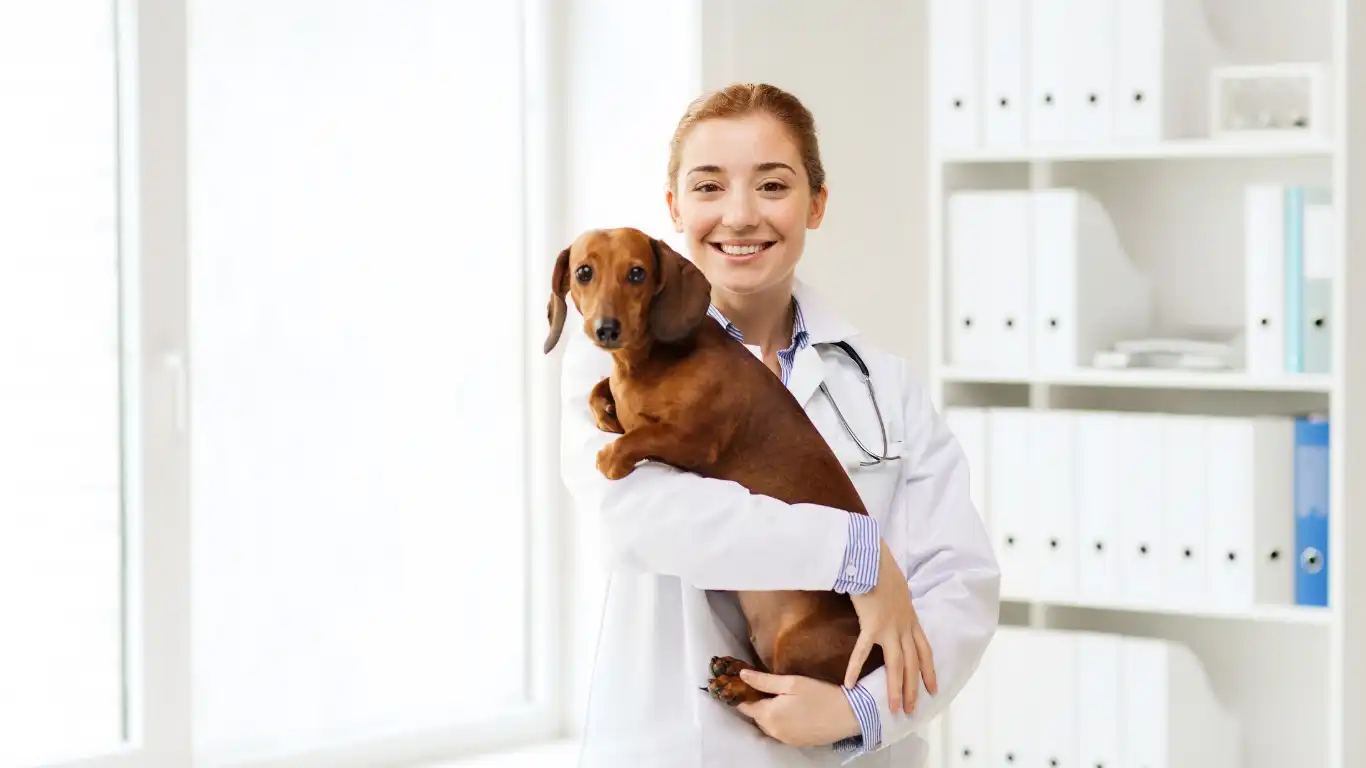
If you’ve got roommates, partners, kids — anyone sharing the space with your dog — it’s so important everyone’s on the same page. Mixed messages confuse dogs fast. One person letting them jump up for food while another is reinforcing a “sit and wait”? That’ll set you back.
In multi-human households, I recommend a quick “food time protocol” posted somewhere visible. It doesn’t have to be fancy — just something like:
- Prepare food calmly, no excited voices.
- Ask for a sit or down before placing the bowl.
- No food until your dog is quiet and still.
- Use a release word — “okay,” “eat,” whatever works.
Bonus tip: get the kids involved! Older children can be great at reinforcing sit-and-wait commands (with supervision, of course), and it gives them a sense of connection and responsibility.
Frequently Asked Questions (and What I Tell My Clients)
What if my dog won’t eat unless they’re excited?
That’s actually more common than you’d think. Some dogs associate excitement with food — so if you suddenly take that away, they might pause eating. Stick with it. You’re helping them create a new association: calm = food. Be patient, and if you’re concerned about skipped meals, check with your vet.
Can I train multiple dogs at once?
Yes, but I always recommend starting individually. Teach each dog to wait calmly before introducing joint feeding. Otherwise, it can become a competition — especially with high-energy pups. Once both dogs have solid skills, feed them with enough space between bowls and monitor their body language closely.
Should I let my dog watch me prepare food?
Absolutely — but only if they’re calm. Watching food prep becomes a great impulse control exercise when paired with a mat cue or a sit-stay. Just remember, you’re rewarding stillness, not excitement. If they start pacing or whining, reset.
Final Thoughts: You’ve Got This!
Teaching your dog to relax around food isn’t about perfection — it’s about consistency, connection, and calm energy. It’s one of those things that feels small, but it pays off in huge ways. Mealtime becomes peaceful. Your dog feels safe. And honestly, you get to enjoy watching them grow into a more confident, well-balanced version of themselves.
As someone who’s seen this transformation again and again — both professionally and personally — I just want to say: trust the process. Your dog is learning, and so are you. And that’s a beautiful thing.
References
Disclaimer
This article is for informational purposes only and is not a substitute for professional veterinary or behavioral advice. If your dog is displaying signs of severe anxiety, aggression, or other behavioral challenges, please consult with a certified trainer, behaviorist, or your veterinarian.
